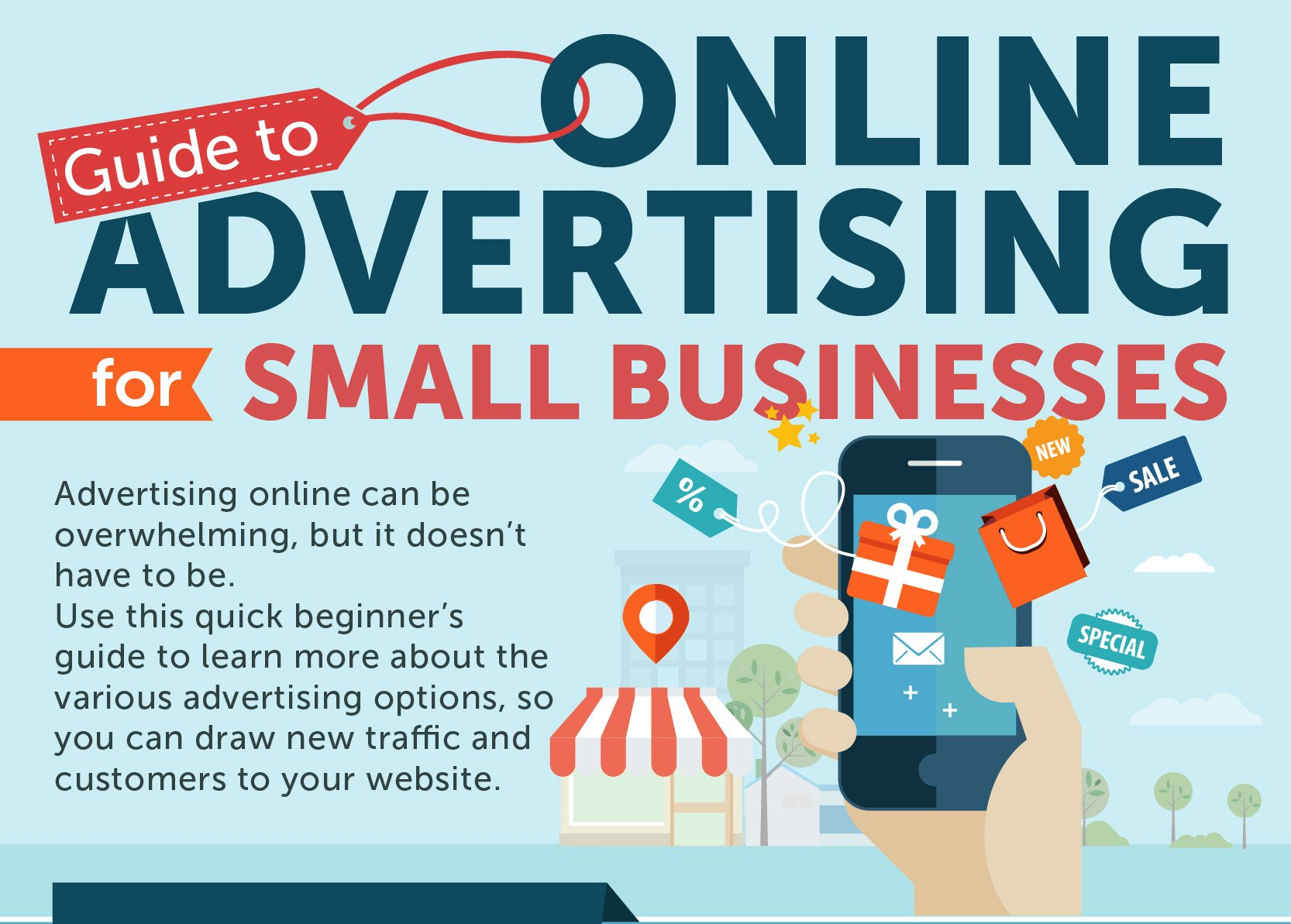How can businesses connect with audiences on sensitive topics without appearing to exploit grief in advertising? This is a serious challenge, particularly for those inherently connected to loss, grief and other sensitive emotions. Advertisers can apply a few key strategies to ensure they respect their audience when handling grief in their brand’s content.
A Case of Two Ads
To understand how brands can effectively handle sensitive content in advertising, it’s helpful to look at some examples. Advertisers can compare two cases for valuable insights, including success and failure.
The “Dead Dad” Ad
In 2017, McDonald’s made headlines for an ad featuring a young boy asking his mother questions about his late father. The ad walks through several nostalgic scenes as the pair reminisce over what a great man the boy’s father was — until they end up at a McDonald’s. There, the boy orders a fish sandwich, apparently the same meal his dad used to get at their favorite fast-food restaurant.
The ad then cuts to the brightly colored McDonald’s logo. Unsurprisingly, this advertisement did not go over well with audiences. It takes a serious and heartbreaking subject — the loss of a parent and spouse — and attempts to use it to sell fish sandwiches. Viewers complained the ad seemed to equate a lost parent with a simple fix like a fish filet and fries. The PR team at McDonald’s ultimately deleted the ad from all the company’s profiles.
Year in Search 2020
For over a decade, Google has marked the end of the calendar year with a short video showing the top searches from the past twelve months. These “Year in Search” videos may not directly tell viewers to purchase something, but they are ads. They’re showing viewers how much people worldwide use Google and encouraging others to use the search engine, too.
However, Google faced a major PR and advertising challenge for its 2020 Year in Search video. 2020 was a year filled with an exceptional amount of struggle, loss and heartbreak worldwide. Google needed to find a way to accurately show the highlights from the world’s 2020 searches without being insensitive to the content of those searches.
The 2020 Year in Search video received over 240 million views and more than 265,000 likes on YouTube. It doesn’t attempt to gloss over the difficulty the world faced in 2020. However, Google’s editors do use carefully curated background music to set a hopeful tone, along with inspirational quotes from celebrities who passed away in 2020. The video ends by simply encouraging viewers to “search on.”
Make Sincerity the Top Priority
The main issue with the McDonald’s ad is a lack of respect for the grief the family in the video is experiencing. Depicting a meal at McDonald’s as a balm for a family’s grief gives viewers the impression that the team at McDonald’s doesn’t understand or respect their loss. Even worse, it may suggest McDonald’s sees the loss of family members as an opportunity to profit off customers’ pain.
Google handles a higher concentration of serious emotional topics in its 2020 Year in Search video but does not appear exploitative. The video is still an ad for Google, but it allows the focus to stay on those who are grieving and show how Google helped them. In this case, Google is advertising itself by showing what the tech company did to support people worldwide.
This video respects the grief displayed in the ad rather than attempting to leverage it for financial gain. Advertising and marketing teams need to make sincerity their central focus when handling grief. Offer support, not a magic cure for loss or suffering.
Stay On Brand
A good rule for advertisers is to stick to the brand’s specific niche. If a tragedy, current event, death or other emotional event occurs, keep commentary on it to a minimum. For example, a respectful tweet honoring a celebrity who passed away is often all that’s needed. Businesses should only offer more commentary when the issue or event is relevant to their niche.
For example, some types of businesses are inherently tied to emotional situations, such as funeral homes. Companies like these can advertise their services by remaining respectful and supportive of their audience while offering genuinely helpful information in their niche.
Advertising through info is a good way of showing an organization takes its customers’ grief seriously and sincerely wants to help. For instance, a business like a funeral home or estate planning lawyer could share info explaining how people can prepare to be a will executor and what that role entails. If the reader wants more information, the business is there to help.
This is a perfect example of where McDonald’s may have gone wrong with their “Dead Dad” advertisement. Few people would turn to McDonald’s for answers or support in the event of a death in the family. Likewise, people who like eating at McDonald’s are typically there to enjoy a quick burger and fries, not grieve someone they’ve lost.
Advertisers can avoid exploiting grief by acknowledging it in their content only when it’s directly relevant to their brand. When a brand does comment on grief or emotional content, try to do so in a way that shows support for viewers. Keep the focus on what the viewer needs, not what the advertiser wants.
Consider Making Donations
Advertisers may wonder how to demonstrate sincerity in content that handles grief or loss. One effective strategy is making donations to a relevant nonprofit or charity. For example, McDonald’s “Dead Dad” video may have been received better if it ended with a promise to donate a portion of profits to a grief counseling nonprofit.
Promising to donate in an ad does a few helpful things for brands. On one hand, it’s an easy way to demonstrate sincerity. The brand doesn’t just want viewers to buy its products but instead promises to donate some of the business’s money. This also shows a brand takes grief and loss seriously.
Well-intentioned donations demonstrate a willingness to help without the presumption that any one product or service will resolve the viewer’s grief. This is especially effective when the foundation, charity or nonprofit clearly connects to the brand.
A perfect example is the Dove Self-Esteem Project, a foundation that offers free resources for teachers, parents and youth to boost their self-confidence. The project is an in-house foundation at Unilever, which owns Dove. Unilever donates a portion of its profits to fund this in-house educational program.
Projects like this balance out advertising for beauty products that might otherwise be construed as a bad influence on those with poor self-confidence. It demonstrates Dove isn’t just trying to market beauty products blindly but acknowledges many people struggle with self-confidence. Dove then acts on that acknowledgment with a good-faith effort to help people improve their self-esteem.
Use Social Media Algorithms Carefully
Social media can be beneficial for connecting with potential customers, but it isn’t always what grieving people need. The algorithms running social media sites can detect when someone searches for sensitive subjects, such as personal loss or severe illness.
When this happens, people may find themselves trapped in an endless loop of more content on loss, death, grief, illness and other emotionally sensitive topics. In an interview with MIT Technology Review, mental health expert Nina Vasan explains, “These algorithms can ‘rabbit hole’ users into content that can feel detrimental to their mental health.”
Companies may not be able to change how social media algorithms work. However, they can avoid exploiting grief in their content by being careful about how they advertise on social media. An essential part of this is understanding how social media algorithms work. Businesses should know what causes content to trend on social media sites like YouTube and Twitter, and how algorithms recommend results to users.
With that knowledge, businesses can apply grief-sensitive advertising practices to their social media ad campaigns. For example, a hospice care center must handle the sensitive subject of end-of-life care. The ideal demographics for their social media advertising might include adult children of older adults or older adults themselves.
This organization should also be aware that social media algorithms might show their ad to people dealing with the impending loss of a loved one. While hospice care might be relevant to them, the business should be conscientious about the kind of advertising it shares on social media. The principles above can help ensure the hospice center’s social media ads are informative, respectful and helpful.
How Advertisers Can Avoid Exploiting Grief
Over the years, countless brands have made headlines for advertising that was insensitive to topics like grief, loss and tragedy. These businesses made the mistake of advertising in a way that didn’t put the audience’s needs first.
Advertisers can avoid unintentionally exploiting grief in their content by carefully ensuring they respect viewers’ emotions. Strategies for accomplishing this include demonstrating sincerity, sticking to niche-specific sensitive topics and offering support and resources for those experiencing grief.
Related Posts
Devin Partida writes about topics concerning tech and the internet. She is also the Editor-in-Chief of ReHack.com.







